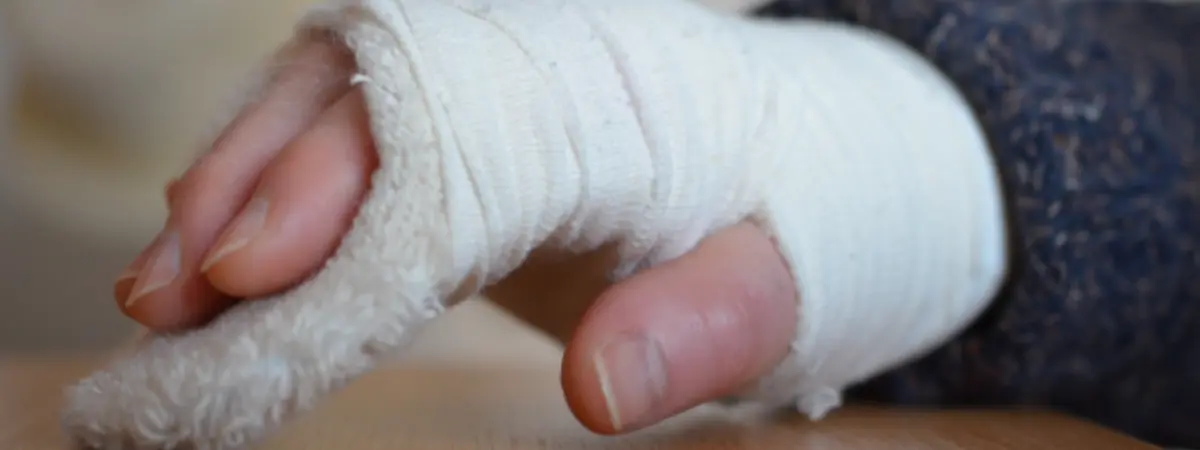Working Time
Book Appointment
A fracture, commonly known as a broken bone, occurs when there is a break or crack in the continuity of a bone. Fractures can result from various causes, including trauma, falls, or excessive stress on the bone.
The human skeleton is composed of bones that provide structure, support, and protection to internal organs. When a bone experiences a force beyond its strength, it may break, leading to a fracture. Fractures can range from hairline cracks to complete breaks, and they can affect any bone in the body.
The symptoms of a fracture can vary depending on the type and location of the injury. Common signs include pain, swelling, bruising, and difficulty using or moving the affected limb. In some cases, there may be a visible deformity or an open wound at the site of the fracture.

Fractures are classified into different types based on various factors, such as the nature of the break, the bone involved, and the direction of the fracture line. Common types include:
The diagnosis of a fracture involves a physical examination, imaging studies (X-rays, CT scans, or MRIs), and sometimes additional tests to assess nerve and vascular damage.
Treatment for fractures aims to realign the broken bones, promote healing, and restore function. Common approaches include:
Immobilization: Casting or splinting to restrict movement and support bone alignment.
Reduction: Manipulating the bone fragments into the correct position, either closed (without surgery) or open (surgical intervention).
Surgery: Internal fixation with screws, plates, or rods to stabilize the bones, particularly in complex fractures.
Recovery from a fracture depends on factors like the type and location of the fracture, the individual's overall health, and adherence to the treatment plan. Physical therapy may be recommended to regain strength, flexibility, and function.
In conclusion, fractures are disruptions in the continuity of bones that can result from various causes. Timely diagnosis and appropriate treatment, including immobilization, reduction, or surgery, play a crucial role in achieving optimal healing and restoring function.
About the Author:
Dr. Roshan Kumar is a distinguished Pediatric Orthopedic Surgeon based in Secunderabad, recognized for his outstanding proficiency in pediatric orthopedic care. With an extensive background in the field spanning over 21 years, he has solidified his position as a prominent figure in pediatric orthopedics. Dr. Roshan Kumar is particularly known for his expertise in advanced techniques in pediatric orthopedic surgery in the Secunderabad.